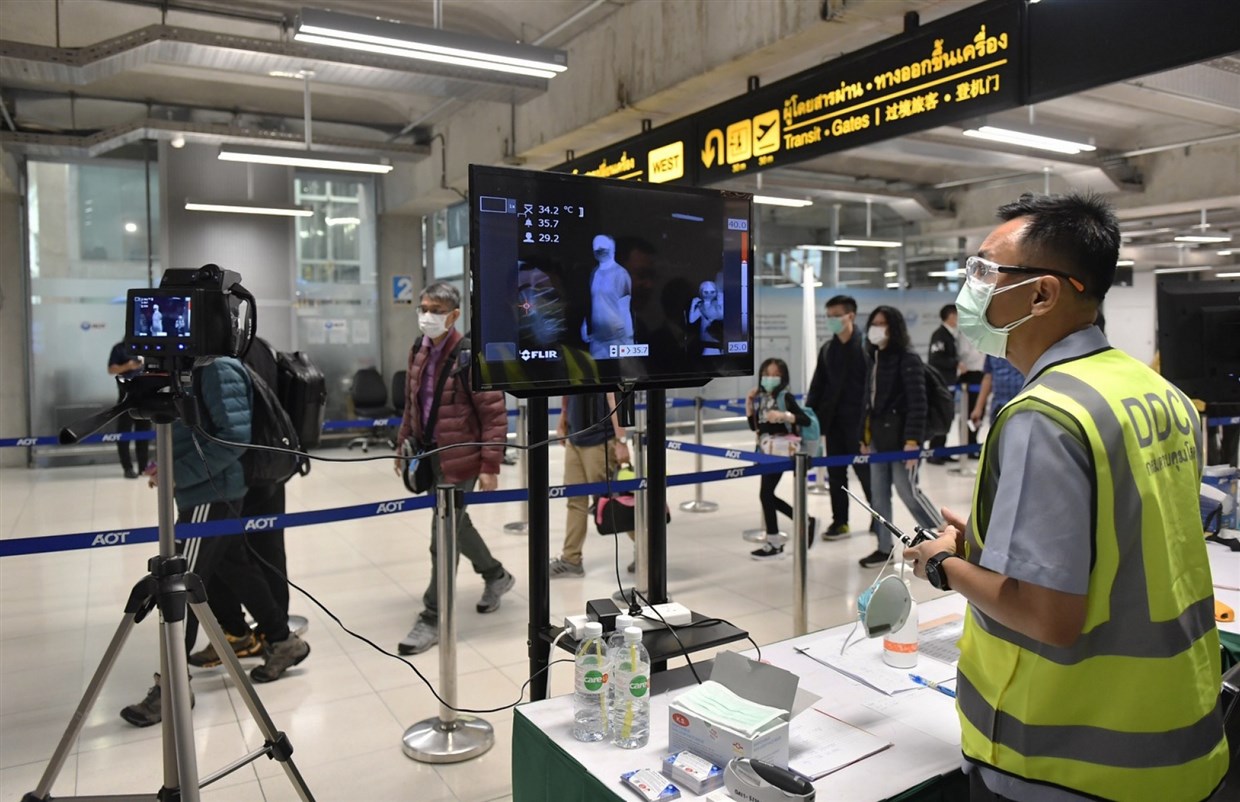Dyllan Goldstein, Rebecca Babcock
At this point during the COVID-19 pandemic, the use of digital contact tracing (D-CT) technologies have become fairly widespread. Largely, these technologies take the form of exposure notification systems such as Ireland’s COVID Tracker, Germany’s CORONA-Warn-App, or Canada’s COVID-Trace. Albeit a popular form of D-CT, exposure notification systems are only one of many technological solutions being used to combat the spread of COVID-19 within our communities.
To understand the scope of these technologies and their uses, we must first understand manual contact tracing, and how digital technologies interlace with this process. For those interested, further reading on the subject can be found here.
What is contact tracing?
At its core, contact tracing is the process through which potential contacts between an infected individual and other uninfected individuals are discovered. This generally occurs in three stages.
- Identification: those who have a potential to infect others are identified.
- Tracing: those with the potential to have contracted the disease from the original source are found.
- Notification: those who may have been exposed to the disease are notified and next steps are taken.
It is through this process that exposure chains are broken. Traditionally this has been a manual process, utilizing contact tracers working tirelessly to slow the spread of the disease. Though manual contact tracing is a critical intervention in the fight against COVID-19, the rapid spread of the coronavirus and the complexity of effectively identifying potential contacts has made the leveraging of available tech necessary to increase the scale and precision of contact tracing operations. Therefore, a wide variety of digital contact tracing (D-CT) solutions have arisen that contribute to one or more of the three stages mentioned above.
What D-CT can look like…
… in the Identification stage.
Early efforts to identify a potential source of infection is needed to initiate the contact tracing process. For exposure notification applications, identification mainly can occur through the input of a unique code provided by a health or government authority upon receiving a positive COVID-19 diagnosis.
Beyond exposure notification applications, the use of thermal imaging to identify possible signs of fever is one of the available digital solutions. This method uses cameras or scanners to detect individuals with a heat signature that indicates a fever (one of the most common COVID-19 symptoms) in order to identify individuals that may have COVID-19. Other solutions utilize smart devices such as fitness trackers or watches to monitor vital signs and changes in overall health to detect potential coronavirus cases. Both thermal imaging and smart devices take advantage of digital biomarkers to help identify infected individuals.
Alternatively, digital check-in services can help users initiate the contact tracing process themselves. The Irish COVID Tracker app is one such app. Beyond just proximity tracing and exposure notification, the app employs a symptom check service which allows users to answer a set of questions based on their current state of health. Upon certain COVID-19 symptoms being present, they are given advice to help reduce risk to both themselves and others.
(Photo/NBC News)
… in tracing:
Once a potentially infected individual is found, their contacts and movements during their infectious period must be established. Exposure notification systems rely on bluetooth or GPS technology to conduct proximity tracking – or identifying people with whom an infected person has shared a space. What exactly counts as sharing a space however, varies between public health organisations. Most apps use a combination of time and distance to determine potential risk. While this has the benefit of connecting with a wide range of people, this method suffers from general inaccuracy as physical proximity does not always equal high risk.
Alternative approaches to proximity tracking can be seen in South Korea or the UK, where those entering certain areas “scan in” on the phones via QR codes to indicate where they have been, and in some cases, such as China, check to see if they are allowed to be in public spaces. Pursuing a similar goal, but using a different approach, some areas such as South Korea and Singapore also have utilized the tracking of credit cards or other banking information to identify areas in which an infected individual has been.
(Photo/Ministry of Health NZ)
…. notification
Individuals found to have been in contact with a person who has been diagnosed with COVID-19 must then be contacted and informed of what measures they should take next. This is most visible in the alerts delivered by exposure notification apps. These will often include a notice that the user has likely been in contact with a COVID positive individual, and offer a series of steps to take to minimize the risk to oneself and others. There appears to be lower diversity in the application of technology in this stage, though specific approaches may vary.
What are the risks?
The digital solutions identified across these three stages have associated risks which have to be balanced with the potential for these digital solutions to provide benefit in mitigating the spread of COVID-19.
For instance, while smartwatches that track biomarkers enable remote healthcare (which is uniquely beneficial during a pandemic), these solutions may also push the boundaries on what kinds of information is private. QR Code scanning, on the other hand, has been perceived by some as a more privacy-centric approach that addresses some privacy issues that have been created in the traditional pen and paper contact tracing efforts (for some of the concerns on this subject, see The Scottish Sun article here).
Yet, QR codes (and other digital interventions broadly) also come with their own unique barriers such as requiring an internet connection, having access to phones capable of scanning the codes, understanding how the technology works, and matters of efficacy. Therefore, while these technologies are leveraging the widespread use of digital technology to monitor and communicate with people – far surpassing any possible efforts of manual tracers – there are communities who are excluded from the digital public health response;. Further steps must be taken to ensure these communities are not disproportionately impacted by the pandemic as a result of this exclusion.
On the other end of the privacy spectrum, credit card tracing is potentially a valuable means of determining the locations visited by a person who has tested positive. For instance, South Korea claimed its contact tracing – which incorporates credit card tracing alongside the use of CCTV security cameras and mobile phone data tracking – is conducted with “military precision.” Though these methods of tracing can provide accurate and detailed insight into where people have been, some feel it may be government overreach, as well as a new source for scams.
(Photo/ Federal Trade Commission)
Finally, one must consider that due to the reactive nature of the digital response to COVID-19, alongside the perceived need to quickly develop and implement digital tools without rigorous oversight, many risks and benefits of these digital solutions are unknown or not yet completely understood. This further complicates accurately comparing the risks and benefits as well as determining if and what trade-offs individuals and communities are willing to make for the benefit of the broader public in mitigating the spread of the disease.
Where does this leave us?
Much of mainstream media attention is given to exposure notification apps, but to see that as the entirety of digital contact tracing (D-CT) is to be misled. As we now know, D-CT is a set of divergent processes intent on breaking chains of disease exposure that have a diverse range of associated risks and benefits. We are quickly learning that despite the many positive impacts of D-CT technologies, many of these digital solutions can also represent a significant trade off with civil liberties and personal security (that may last beyond the pandemic itself). As such, we must approach the development and implementation of these digital tools with a clear concept of what kinds of risks they pose, and what metrics we will use to determine their value. It is precisely for this reason, that efforts by groups such as the Digital Global Health and Humanitarianism lab are important.

